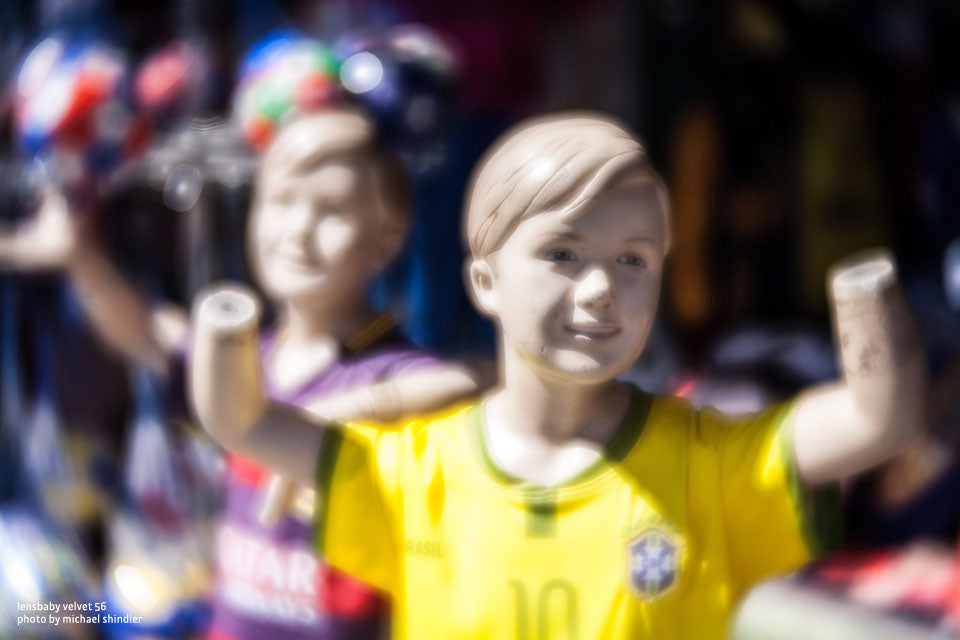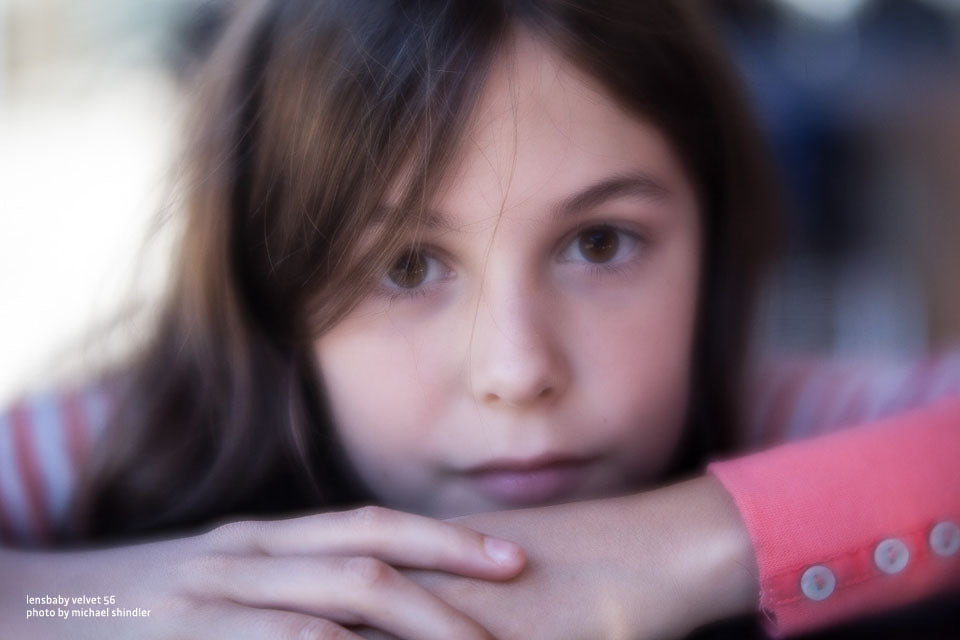
Tell us a little bit about yourself and your background in photography, how did you become a photographer?
I started getting into photography in high school, but it was during college that realized that it was something I had an enduring interest in and wanted to pursue. At the time, I was really interested in photojournalism and I spent a few years working at small town newspapers around the pacific northwest. After that, I moved the the SF bay area and got work at a commercial studio doing product photography. It was around that time that the industry started transitioning to digital and I found I wasnt very happy with the way that changed my job (less time in the studio and darkroom and a lot more time on the computer), so I left to go work at an amazing photography center in San Francisco (www.raykophoto.com, check it out!) which gave me a lot of opportunity to experiment in the darkroom and play around with every photo process imaginable. It was there that I started making tintypes and I just fell in love with the process. Eventually, I decided to try opening up a walk-in tintype portrait studio and retail store in San Franciscos Mission district (it was called Photobooth), where people could come in to have a tintype portrait made and walk out with it 20 minutes later. That was a lot of fun for a couple years, but I started to get burned out on the high volume and repetition that a retail store requires, so I closed the shop in 2014 and have moved into a new studio where Im continuing to do portrait and commercial work with tintype.

You specialize in tintype photography, for those of us who are not familiar with this style of photography, could you give us a brief description of tintype?
A tintype is a direct-positive image on a metal plate, made by an early photographic process called wet-plate collodion. The process was invented in 1851 and was significant in the history of photography because of the excellent image quality, relatively low cost and ease of use compared to previous methods. The process also allowed photographers to make glass plate negatives for the first time so that paper reprints could be made. One drawback to the process is that the plates only last for about ten minutes after they are sensitized to light, so the photographer must have a darkroom nearby (or some kind of dark box in which to develop the images). Wet-plate collodion was largely replaced by the dry-plate gelatin process in the 1880s, which allowed people to buy pre-sensitized plates and was the beginning of the film era that gave rise to Kodak in 1892.

Tell us a little bit about your tintype photography, what was it that initially drew you to tintype?
Ive always liked working in the darkroom and feeling actively involved in image-making, and making tintypes really satisfies the desire I have to make things myself and feel like I have ownership over the process I use. I never studied chemistry in school (I wish I had!), but I find it fascinating and it was through making my own materials tintypes, daguerreotypes, sensitized papers and the like that I finally began to understand how photography actually works, which I find very satisfying. But what keeps me doing it is that I love the beautiful, silvery look of the plates, with all the amazing detail they capture, and the fact that each plate is a unique, one of a kind image. Since the tintype plate is actually in the camera at the moment of exposure and is light-struck by the subject, Ive always felt that a tintype has a direct physical connection to the person in the picture. So, to me, that gives it a special quality as an object. Which is especially interesting in this digital age, when most photographs no longer exist as objects in the physical world at all.

What can you tell us about the process of tintype photography? Is it tough for the novice to get into?
It really quite simple! First, a metal plate is coated with a liquid nitrocellulose solution that has small amounts of halogen salts added (such as ammonium iodide and cadmium bromide). The plate is then sensitized to light by soaking in a silver nitrate bath for a few minutes. After sensitization, the plate is place into the camera and the exposure is made. The plate is then developed, rinsed fixed and washed. Its not a difficult process to teach yourself, and while it does take some practice to have some control over the process and make clean looking plates, I think most people would be able to make some images that theyd be excited by on their first day of trying. There is some initial investment in chemicals and other materials, but the cost is not prohibitive.
Where do you draw inspiration from? Are there any photographers who have had a major influence on your work?
I think of Richard Avedon as the patron saint of modern portrait photographers and his work has had a big influence on me. Sebastiao Salgado is tremendous I think its almost unfair that one person has been able to make so many astonishing images in a career. Ive always admired the honesty and humanity with which August Sander depicted his subjects. I think he was really ahead of his time in that way. Going way back, Southworth & Hawes pretty much invented photographic portraiture in the 1850s and I dont think many people have done it better.

How were you introduced to Lensbaby, what is your current favorite Lensbaby product?
Ive been aware of Lensbaby since their first product came out, and since I insist on doing everything myself, I was inspired to start sticking whatever optics I could scavenge out of broken lenses on to the end of my Nikon with gaffers tape to see what effects I could get (with very mixed results). Im a big fan of "intentional misuse" and of looking at the tools and materials you have around to see how they can be adapted to create something new and unexpected. So, I love the spirit of exploration that Lensbaby embodies. Right now, Im enjoying the Velvet 56 quite a bit. At first, it seemed like it might be too much of a straight up lens, but Ive really found the effects you can get to be unique and beautiful.
Check out Michael Shindler's photography website here.

Leave a comment
All comments are moderated before being published.
This site is protected by hCaptcha and the hCaptcha Privacy Policy and Terms of Service apply.